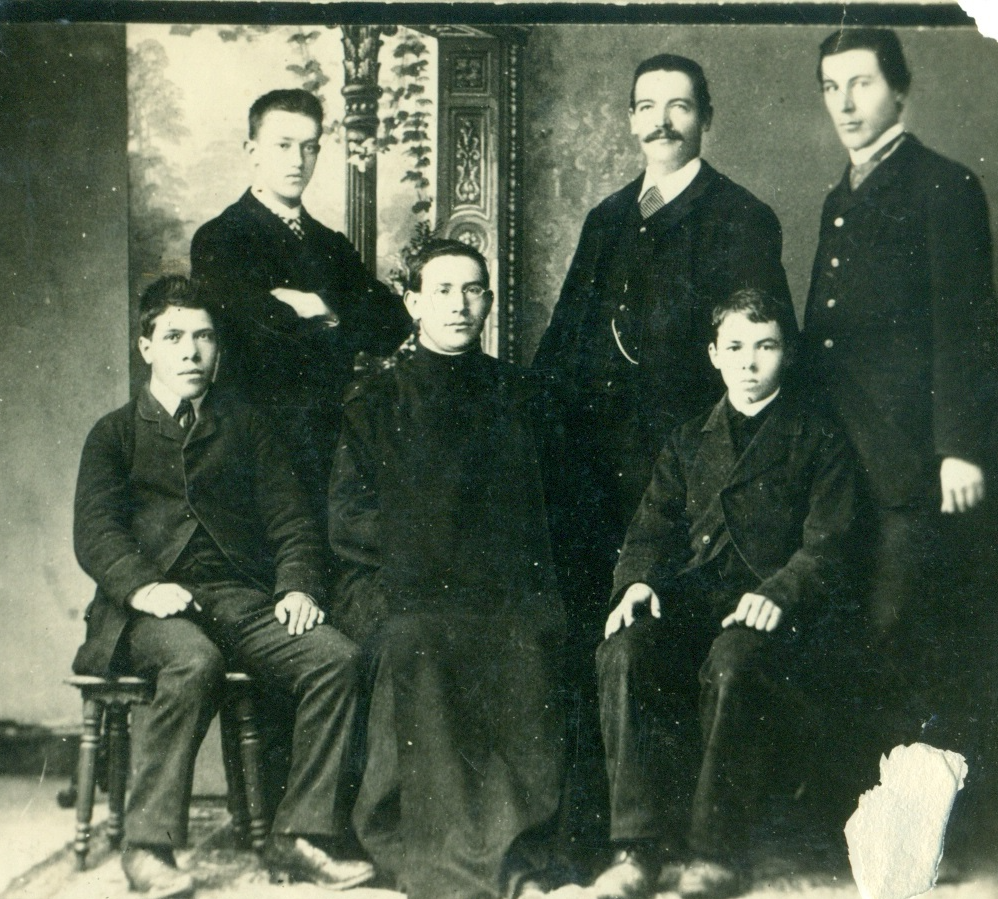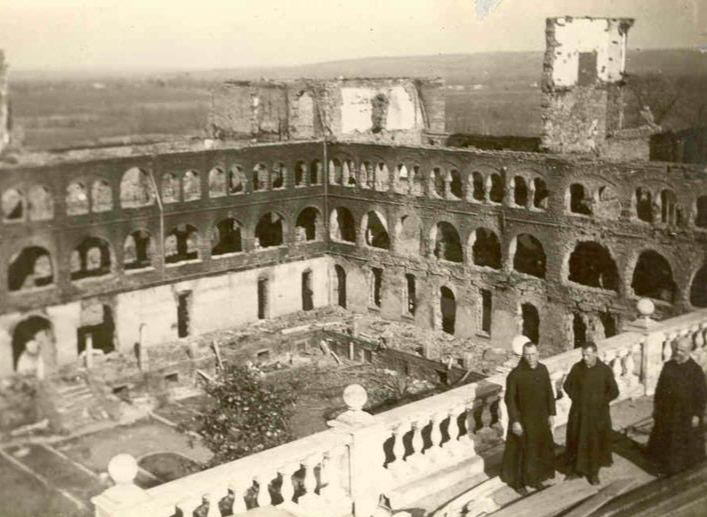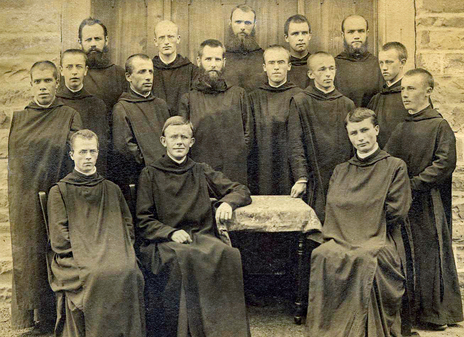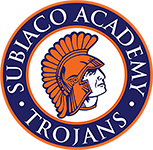Our History
Subiaco Academy is an apostolate of “Subiaco Abbey,” the religious community of Benedictine monks located in Subiaco, Ark. The Benedictine Order in the Catholic Church, to which Subiaco Abbey belongs, evolved from the “Rule” written by St. Benedict of Nursia in Italy in the early sixth century. The education of youth, in some form, has been a significant part of the apostolate of Benedictine Monks since that time — almost 15 centuries.
The school came into existence as a result of the German migration to the Arkansas River Valley in the 1870s. The Little Rock-Fort Smith Railroad Company owned thousands of acres in the area. They resolved to sell this land only to German Catholic settlers, if possible. This company approached the Swiss Benedictine Monks in Indiana, asking them to send missionaries to Logan County, Arkansas in 1878. These monks brought with them their Swiss Benedictine heritage of a monastery school. Until the First World War, numerous additional monks and recruits from Switzerland strengthened this educational tradition.


In 1887 the monks opened a school, called St. Benedict’s College, to educate young men between the ages of 14 and 20 in the basic humanities. There were never more than 20 students in this school and it was terminated in the summer of 1892. The monks reorganized that summer, and in the fall, the school reopened as a seminary to train students for the ministry. This school was called the Scholasticate. Modeled upon European “Gymnasium” lines, it consisted mostly of classical languages and musical training. This form of the school reached its peak with some 70 students in 1901 when the institution was largely destroyed by fire.
By the spring of 1902, the school reopened in its present location, in a stone building that had already been under construction when the 1901 fire occurred. The name was changed to Subiaco College. This school comprised a six-year program, still modeled on European lines, with three courses of study: classical, scientific, and commercial. By the mid-1920s, enrollment stood at over 200 young men.
In December 1927, the institution was again destroyed by fire, but a primitive school, Subiaco Academy, was reopened in February 1928, in what was left of the Main Building. This school barely survived the Depression Years. During World War II, enrollment soared, but it was only after 1945 that Subiaco Academy was able to expand its physical plant. In the 1960s, when a majority of Subiaco’s students began enrolling in college, Subiaco Academy became college prep and was accredited by the North Central Association in 1968.
The earliest administrators and teachers were all Benedictine monks. By the time of the First World War, there were one or two male lay teachers. Hired coaches were added after the mid-1920s. The great number of non-monk staff (teachers and administrators), including female staff, came only in the mid-1970s.
Subiaco Academy is unique in the state of Arkansas in that it is the only Catholic boarding school and in the fact that the majority of its students board at the school. Almost half of these young men come from outside the state as well as from several foreign countries. The “community” of Subiaco Academy consists of its students, its faculty, its parents and its support staff. In a broader sense, however, the school “community” also consists of the entire monastic community of monks, the Academy’s alumni, and the residents of the surrounding area.

